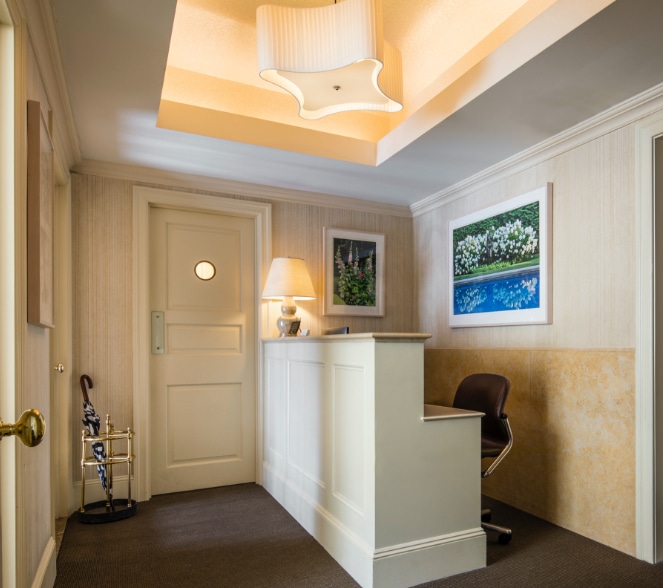New FDA Alert on Breast Implants
Due in part to recent social media pressure the FDA has once again called into question the safety of breast implants. The FDA enforced a twelve year moratorium (1994 to 2006) on the use of silicone implants to investigate an alleged association with rare connective tissue disorders. There was no cause and effect found and silicone implants were approved for continued use after the investigation concluded. The current concern is the same as the previous: that implants may be associated with symptoms of fatigue, joint pains, and other conditions, but adds a new concern that some types of breast implants may cause a rare form of lymphoma. While the FDA investigates these concerns the experience with the different types of breast implants currently available is summarized below.
Smooth cover silicone implants have been available since the 1960’s (Figure 1). They have a round shape and remain the most popular type today by patient request. They have a very natural consistency, much like breast tissue, which is their chief advantage. Importantly, they do not have any aesthetic advantage over other alternatives. The most important drawback of silicone implants is silent rupture. While this does not pose a health hazard per se, untreated implant rupture promotes the development of capsular contracture, or breast hardening. Proactive monitoring with MRI scans is necessary to detect early implant rupture. Like all implants, silicone implants require periodic replacement, typically every ten years.

round silicone implant.
Silicone implants having a tear drop shape all have a textured outer surface (Figure 2). The textured surface is designed to act like Velcro and prevent the implant from turning within the pocket, something that can cause unwanted changes in breast shape and require surgical correction. Although some surgeons believe these implants produce more natural results, there at least four scientific studies that show no aesthetic advantage when compared to traditional round implants. Most importantly, the textured surface of these implants is associated with development of a very rare type of cancer called anaplastic large cell lymphoma, or ALCL. While rare and very treatable, the risk of contracting this disease is eliminated if textured implants are avoided. It is hoped that this latest FDA review will result in banning the use of these implants, particularly given their lack of demonstrated advantages.

tear drop silicone implant.
Smooth saline filled implants deliver the same aesthetic results as smooth silicone implants (Figure 3). The knock on saline implants is that they have a less natural consistency when touching the sides and bottom of the breasts. This is mostly an issue if used in postpartum woman with thin tissues. Despite the small risk of early deflation, saline implants appear to do far better than silicone implants long term. First, there is no proactive monitoring required; second, the aesthetic results age with little or no change; and finally, saline implants can commonly last 20 years or much longer. The safety of saline implants has never been called into question by the FDA. These are the go-to choice for those seeking the least controversial implant type, and are an excellent choice overall.

saline implant.
The Ideal Implant
This is the brand name for a more recently developed saline implant (Figure 4). It differs from the traditional saline implant by having internal baffles that improve the consistency of the devices so that they feel more like silicone implants. However, the device shape is narrower and has greater projection, a combination that is less widely applicable. Furthermore there have been production problems as well as a recent recall for a correctable defect. Despite these issues the demand for these devices is increasing. They hold promise for eventually occupying a large segment of the implant market.

implant.




